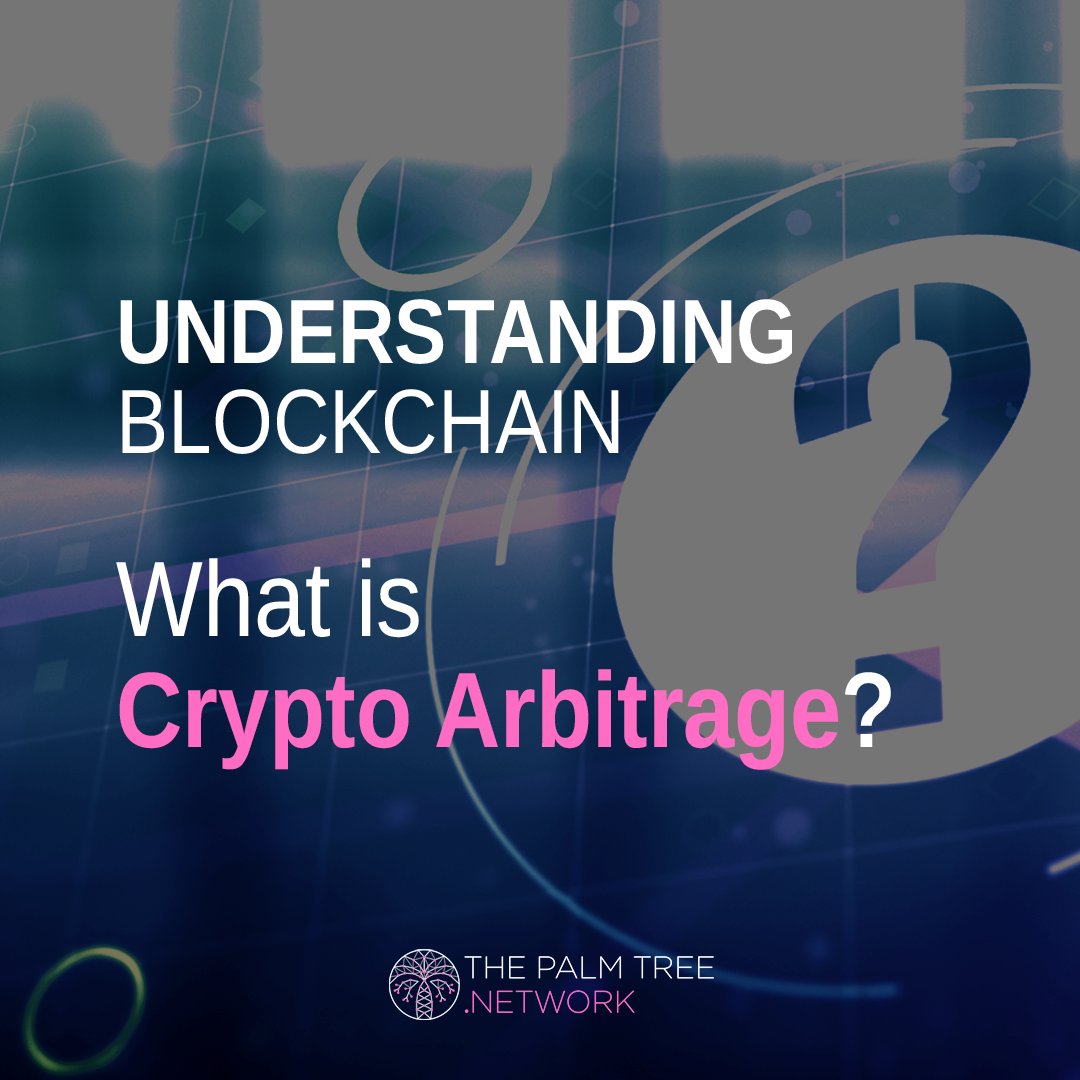1/11 Cryptocurrency #arbitrage refers to the practice of taking advantage of price differences for the same asset across different #cryptocurrency #exchanges.
Let's dive into this concept 👇🧵
Let's dive into this concept 👇🧵

2/11 Arbitrageurs buy the asset at a ⤵️lower price on one exchange and simultaneously sell it at a ⤴️higher price on another exchange, profiting from the price disparity.
3/11 This strategy 📊is possible due to the #decentralized nature of #cryptocurrency exchanges, where prices can vary based on factors like liquidity, demand, and trading volume.
4/11 To engage in #cryptoarbitrage, individuals must have accounts on multiple exchanges and closely monitor price movements 📈to identify profitable opportunities.
5/11 There are two main types of crypto arbitrage:
✅Spatial arbitrage
✅Temporal arbitrage.
✅Spatial arbitrage
✅Temporal arbitrage.
6/11 Spatial arbitrage involves exploiting price differences across different exchanges at the same time, while temporal arbitrage capitalizes on price variations of the same asset over time.
7/11 Crypto arbitrage can be lucrative, 💰offering the potential for quick #profits.
However, it comes with 🚨several risks and challenges that arbitrageurs should consider.
However, it comes with 🚨several risks and challenges that arbitrageurs should consider.
8/11 Some risks include:
✅transaction fees
✅withdrawal limitations
✅price volatility
✅counterparty risk
✅and the possibility of delays or issues in executing trades.
✅transaction fees
✅withdrawal limitations
✅price volatility
✅counterparty risk
✅and the possibility of delays or issues in executing trades.
9/11 Additionally, arbitrage opportunities may be ⏰short-lived and quickly disappear as more traders participate and prices adjust...
10/11 Overall, #cryptoarbitrage can be a profitable strategy if executed effectively.
However, it requires 📋careful planning, monitoring, and consideration of the risks involved.
However, it requires 📋careful planning, monitoring, and consideration of the risks involved.
11/11 Understanding the functioning and risks of crypto arbitrage is crucial for individuals 🧐looking to explore this strategy in the cryptocurrency market.
• • •
Missing some Tweet in this thread? You can try to
force a refresh

 Read on Twitter
Read on Twitter









